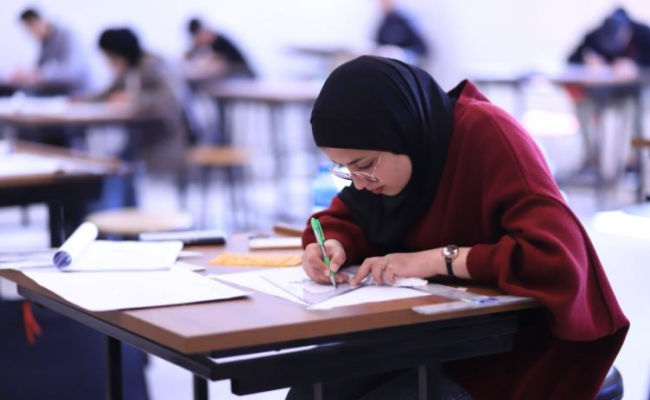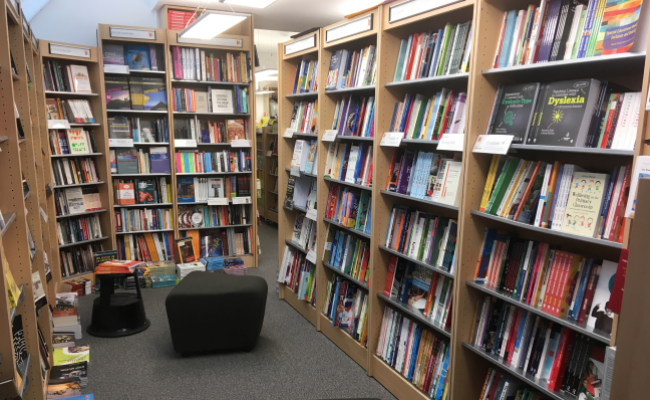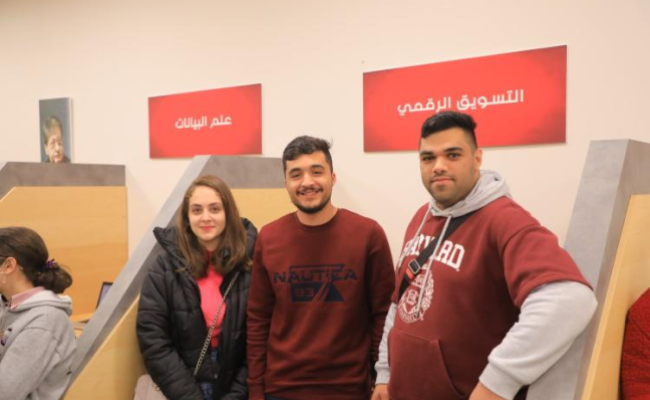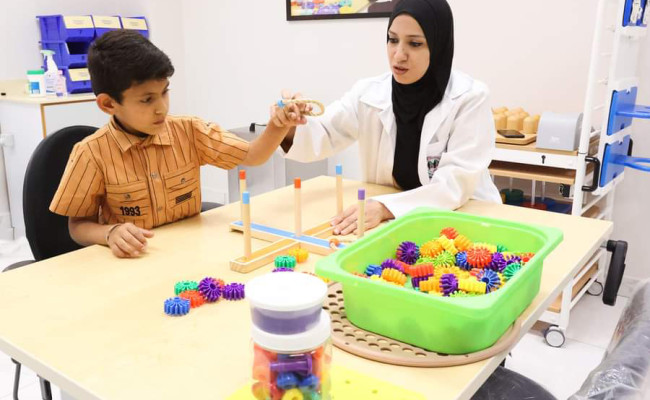231
The chapter stresses the importance of media aids in Teaching and Learning (TL) and discusses classroom mediation as a theoretical object of inquiry and conceptual elaboration. Reflecting on the prevalent sub-cultural, emotional/rational, and lingual barriers that typically materialize among undergraduate students, primarily first-year students and sophomores, the chapter explores whether and also to what extent classroom mediation dynamics are applied in the TL process and their relation to effective education in heterogeneous TL environment (classrooms). A probabilistic sample of 486 undergraduate participants from a cluster of six university campuses in the West Bank was studied to assess the effectiveness and innovation that media-influenced learning can bring to the TL process, primarily in its cognitive, pedagogical, and behavioural dimensions. Data gathering and analysis draw on mediatization, a meta-theory that discusses how media-associated effects play a vital role as agents of change in culture and society (Schulz, Eur J Commun 19(1): 87–101, 2004). The chapter confirms the inter/relatedness of classroom mediation to effective education, principally as an agent in mitigating school-inherited and socio-cultural disparities among students of heterogeneous backgrounds, to efficiently foster the cognitive, behavioural, and pedagogical dimensions in TL and their subordinate mechanisms of students’ engagement, motivation, innovation, and productivity within undergraduate classrooms in the sampled Palestinian universities.






